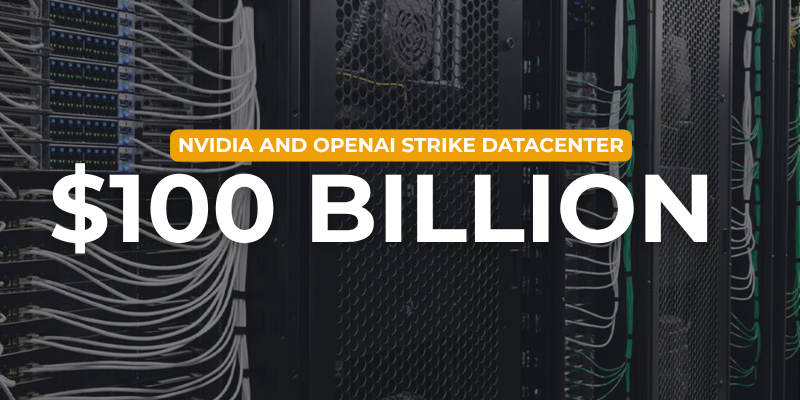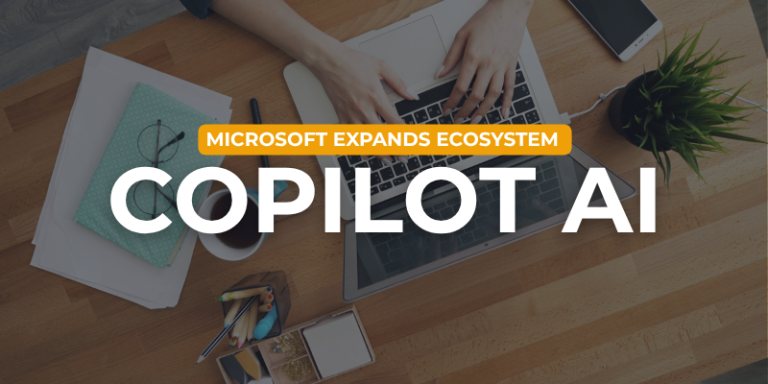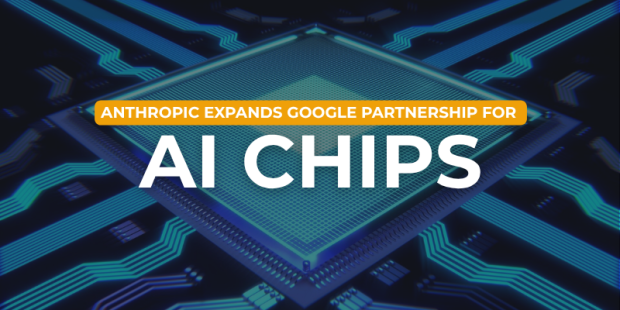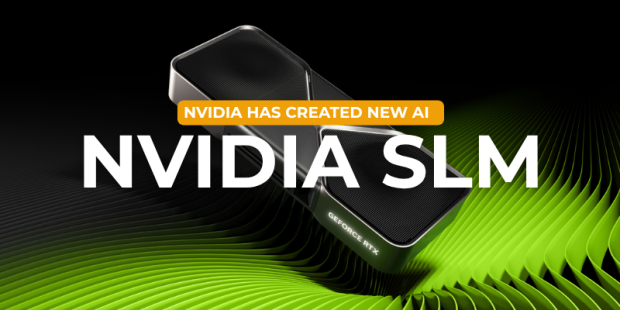Nvidia and OpenAI Strike: Nvidia and OpenAI have collaborated in a game changing deal which is valued at around $100 billion. Their goal is to build data centers specially designed to handle massive AI workloads. By combining Nvidia’s powerful GPU technology with OpenAI’s fast growing AI platform, this collaboration promises to speed up innovation, easy computing challenges, and open up exciting new possibilities for generative AI in the commercial world.
The Scale of the Collaboration
This is not just a tech partnership, it marks one of the largest infrastructure investments in AI history. Both companies just aim to construct a high density and energy efficient data centers which is capable of running next‑gen AI models that require computing power. The collaboration sets a new benchmark for what enterprise‑level AI deployment will look like in coming years.
Nvidia’s Hardware Takes Center Stage
Nvidia’s GPUs have been the backbone of AI processing, and this deal reaffirms that dominance. The upcoming data centers will initiate integration of Nvidia’s Grace Hopper Superchips and NVLink technology to achieve breakthrough training performance for massive language and vision models.
OpenAI’s Expanding Compute Requirements
As OpenAI continues scaling systems like the GPT series, its compute demand has been sky-rocketed. This collab ensures that it will have exclusive access to cutting‑edge infrastructure, enabling faster model training, lower latency, and cost‑efficient operations at global scale.
Economic and Industry Impact
Beyond technology, this agreement is poised to reshape the AI supply chain. It will create new opportunities for data engineers, hardware designers, and energy innovators while signaling to competitors that AI infrastructure is now the industry’s next major battleground.
The Future of AI Acceleration
By combining Nvidia hardware leadership with OpenAI software process, this partnership could accelerate AI development by years. This collaboration may soon drive breakthroughs in autonomous systems, generative design, and advanced robotics.









